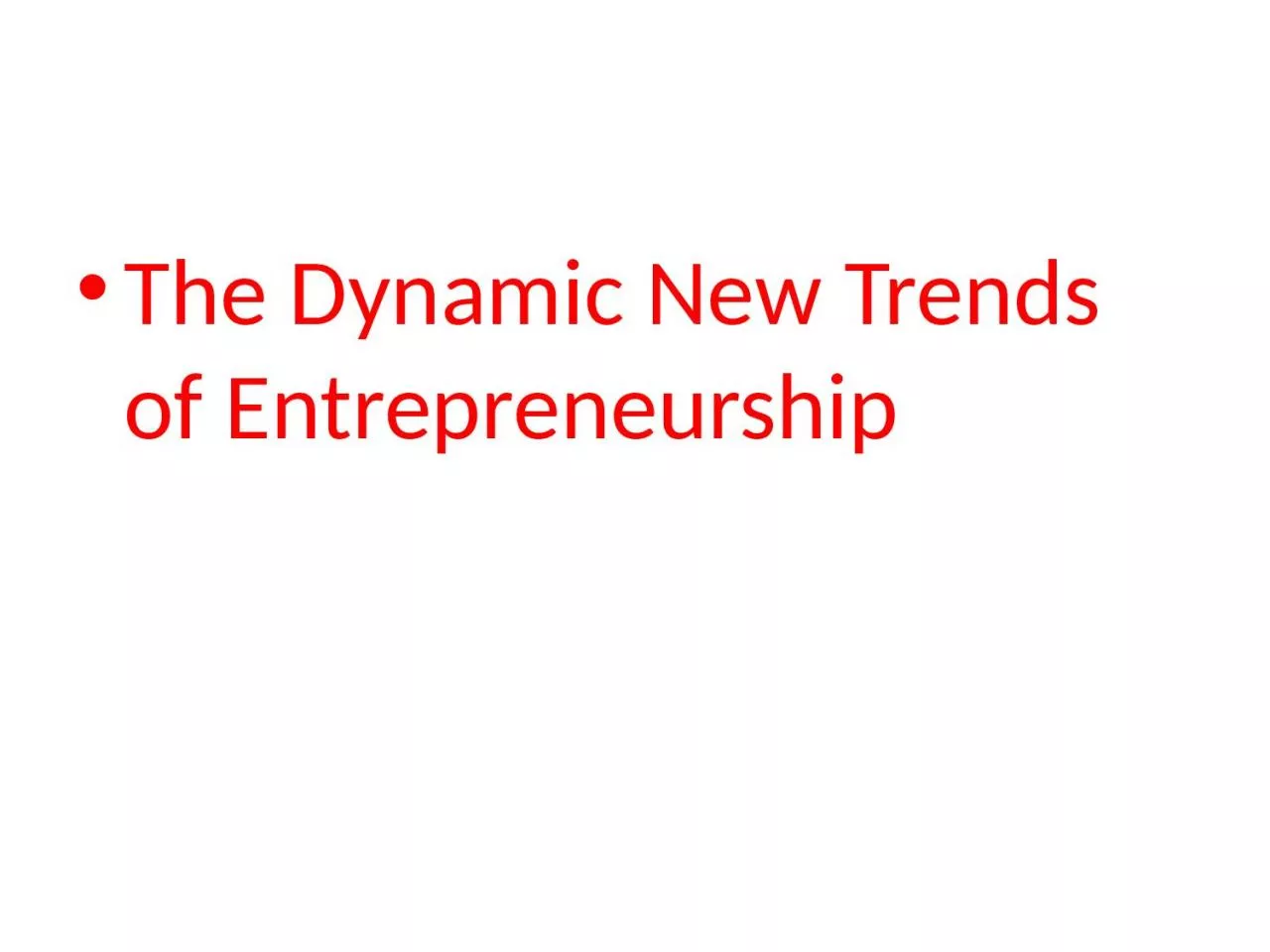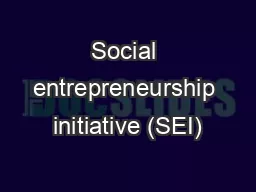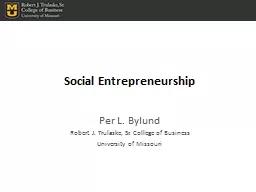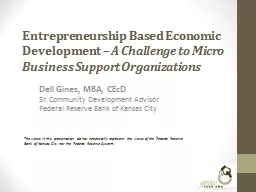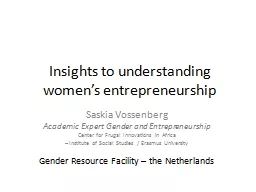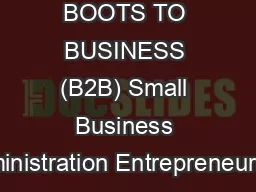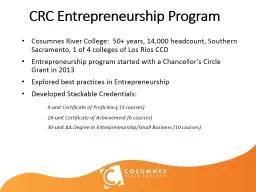PPT-The Dynamic New Trends of Entrepreneurship
Author : esther | Published Date : 2023-07-21
Accelerators and Incubators INCUBATOR a business incubator is a company that helps new and start up companies to develop by providing services such as management
Presentation Embed Code
Download Presentation
Download Presentation The PPT/PDF document "The Dynamic New Trends of Entrepreneursh..." is the property of its rightful owner. Permission is granted to download and print the materials on this website for personal, non-commercial use only, and to display it on your personal computer provided you do not modify the materials and that you retain all copyright notices contained in the materials. By downloading content from our website, you accept the terms of this agreement.
The Dynamic New Trends of Entrepreneurship: Transcript
Download Rules Of Document
"The Dynamic New Trends of Entrepreneurship"The content belongs to its owner. You may download and print it for personal use, without modification, and keep all copyright notices. By downloading, you agree to these terms.
Related Documents

